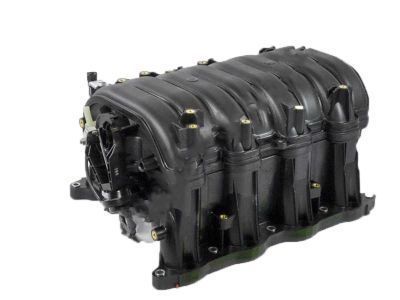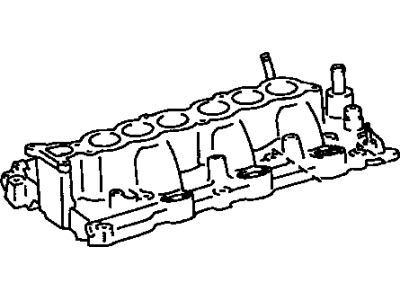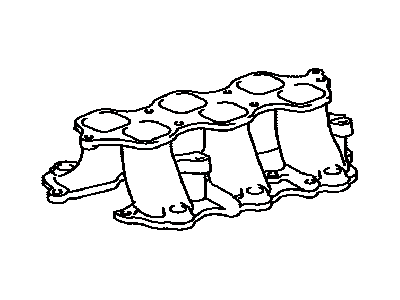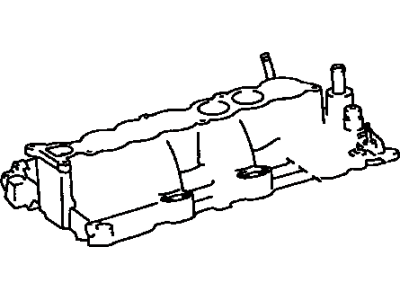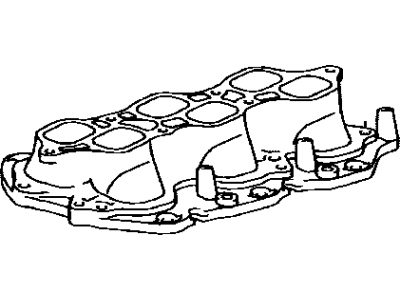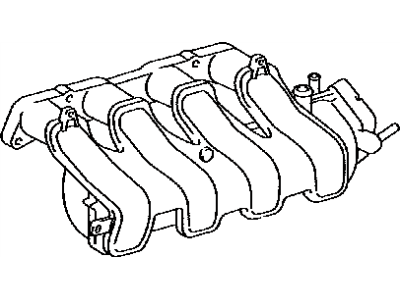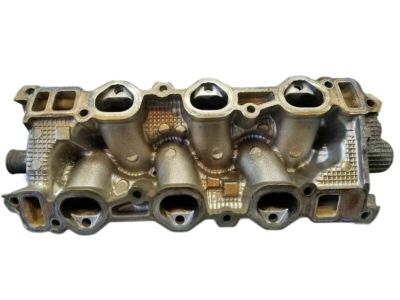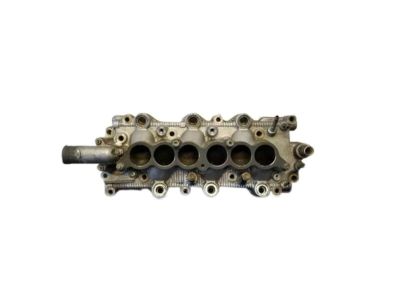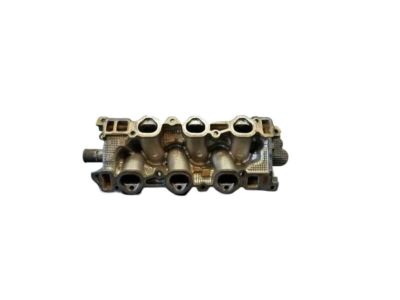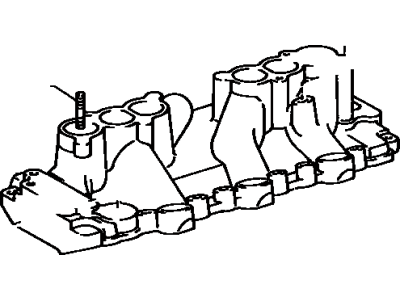

My Garage
My Account
Cart
Genuine Toyota 4Runner Intake Manifold
Engine Intake Manifold- Select Vehicle by Model
- Select Vehicle by VIN
Select Vehicle by Model
orMake
Model
Year
Select Vehicle by VIN
For the most accurate results, select vehicle by your VIN (Vehicle Identification Number).
27 Intake Manifolds found
Toyota 4Runner Intake Manifold
Part Number: 17120-50020$1226.39 MSRP: $1831.17You Save: $604.78 (34%)Ships in 1-3 Business DaysToyota 4Runner Intake Manifold
Part Number: 17120-50011$1226.39 MSRP: $1831.17You Save: $604.78 (34%)Toyota 4Runner Intake Manifold
Part Number: 17120-0C020$295.90 MSRP: $424.30You Save: $128.40 (31%)Ships in 1-3 Business DaysToyota 4Runner Intake Manifold
Part Number: 17101-31010$225.26 MSRP: $323.01You Save: $97.75 (31%)Ships in 1-3 Business DaysToyota 4Runner Intake Manifold
Part Number: 17111-75030$327.69 MSRP: $469.88You Save: $142.19 (31%)Ships in 1-3 Business DaysToyota 4Runner Intake Manifold
Part Number: 17111-75031$327.69 MSRP: $469.88You Save: $142.19 (31%)Ships in 1-3 Business DaysToyota 4Runner Intake Manifold
Part Number: 17111-31200$314.93 MSRP: $451.59You Save: $136.66 (31%)Ships in 1-3 Business DaysToyota 4Runner Intake Manifold
Part Number: 17101-50020$594.40 MSRP: $887.51You Save: $293.11 (34%)Ships in 1-3 Business DaysToyota 4Runner Intake Manifold
Part Number: 17120-50010$1226.39 MSRP: $1831.17You Save: $604.78 (34%)Ships in 1-3 Business DaysToyota 4Runner Intake Manifold
Part Number: 17101-35010$320.93 MSRP: $460.18You Save: $139.25 (31%)Ships in 1-3 Business Days
| Page 1 of 2 |Next >
1-20 of 27 Results
Toyota 4Runner Intake Manifold
If you are in demand for superior quality and affordable OEM Toyota 4Runner Intake Manifold, then shop with us! We own a wide range of the reduced-priced genuine Toyota 4Runner Intake Manifold. You can purchase in confidence as all parts come with a manufacturer's warranty. Any issues with our products? No need to worry as we have a hassle-free return policy to guide you every step of the way.
Toyota 4Runner Intake Manifold Parts Questions & Experts Answers
- Q: How to remove and install the upper and lower intake manifolds in V6 engine on 2003 through 2009 Toyota 4Runner?A:The upper intake manifold, otherwise known as the Intake Air Surge Tank as used by Toyota, needs the nut on the negative terminals of the battery to be loosened before a cover of the engine, the air intake duct and the air filter housing can be removed. This is followed by coolant hoses from the throttle body where one needs to be, clamped off and disconnected from the nipple, which should be repeated on the other side of the car as well; the EVAP system fuel vapor feed hose should be disconnected along with the ventilation hose and throttle body wiring. Conventional connectors on the Vacuum Switching Valve have to be disconnected, and the bolts of the throttle body bracket needs to be unscrewed so that the bracket is removed. The baffle plate located ahead of the engine coupled with the two intake manifold support brackets referred to as surge tank stays have to be removed together with the bolts and nuts under the intake manifold to unbolster the upper intake manifold. The condition of the upper intake manifold gasket must be ascertained and if it is to be okay it can be put back for use. That is, installation occurs in the reverse sequence so that the mounting bolts, as well as nuts, are tightened to the desired torque. As for the lower intake manifold which Toyota refers to as Intake manifold, the removal of the upper intake manifold is a Sure necessity. When changing the lower intake manifold, the fuel rail is to be removed; whereas, if replacing gaskets only, unbolting the fuel supply/reject connections is enough. The lower intake manifold bolts are then removed to take out the manifold and old gaskets should be thrown away and the two mating surfaces ought to be cleaned well. New gaskets must be used during installation, and the lower INTAKE MANIFOLD BOLTS should be tightened to the specified torque.
Related Toyota 4Runner Parts
Browse by Year
2024 Intake Manifold 2023 Intake Manifold 2022 Intake Manifold 2021 Intake Manifold 2020 Intake Manifold 2019 Intake Manifold 2018 Intake Manifold 2017 Intake Manifold 2016 Intake Manifold 2015 Intake Manifold 2014 Intake Manifold 2013 Intake Manifold 2012 Intake Manifold 2011 Intake Manifold 2010 Intake Manifold 2009 Intake Manifold 2008 Intake Manifold 2007 Intake Manifold 2006 Intake Manifold 2005 Intake Manifold 2004 Intake Manifold 2003 Intake Manifold 2002 Intake Manifold 2001 Intake Manifold 2000 Intake Manifold 1999 Intake Manifold 1998 Intake Manifold 1997 Intake Manifold 1996 Intake Manifold 1995 Intake Manifold 1994 Intake Manifold 1993 Intake Manifold 1992 Intake Manifold 1991 Intake Manifold 1990 Intake Manifold 1989 Intake Manifold 1988 Intake Manifold 1987 Intake Manifold 1986 Intake Manifold 1985 Intake Manifold 1984 Intake Manifold
